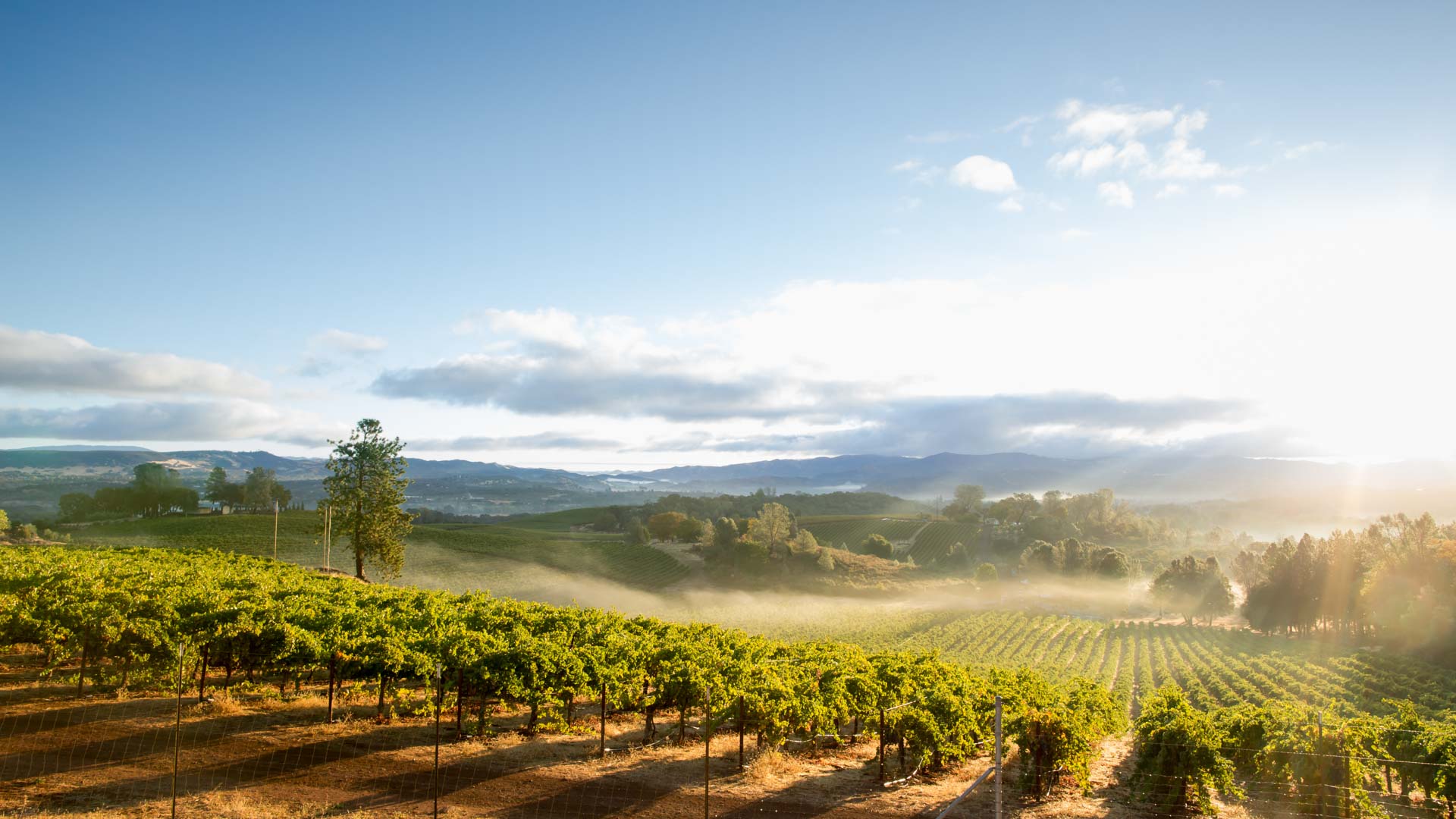The San Luis Rey River used to run freely through the Rincon Indian Reservation, about 20 minutes from Escondido in San Diego County. Today, depending on water levels, you might see a small sign of the river. Otherwise, that land dotted with deer grass, wildflowers, and prickly pear cactus is home to the Rincon Band of Luiseño Indians Museum, which tells the story of these Native Californians who have sometimes called themselves the “grass people”—how they have survived atrocities and adapted to challenges over the centuries, while also working to keep their culture intact.
The compact museum sits just off a nature trail, about a mile from Harrah’s Resort Southern California, the casino resort owned by the Rincon Band. The sign outside the museum reads “Wa$xayam Pomki,” which means “the people’s house” and is pronounced wash-KYE-am poem-kee.
The building is attached to the original tribal hall, “so it’s in the heart of the reservation,” says Tribal Chairman of the Rincon Band Bo Mazzetti. “The museum is the story of our ancestors—our aunts, uncles, and grandfolks—and the stories they passed down to us. It’s an archive of our own history, and put together by our own people, that we know is accurate.”
What surprises visitors most, he says, “is they didn’t realize that we’re here! I want people to visit and then walk away wanting to learn more. Then we’ve achieved something, to get people to look at the history.”
The History of the Rincon Band—and One River
The Rincon Band is just one of six Bands among the Luiseño people, who have lived in North San Diego and Riverside counties since time immemorial. Before colonizers arrived in 1769, the Luiseño people lived in thatched-hut communities and hunted and gathered from the coast to the desert—harvesting clams, mussels, acorns, elderberries, and greens by the seasons. They forged trails along the way, which would later be used for the original Pony Express and stagecoach routes.
Over the centuries, a major resource for the Luiseño was the San Luis Rey River, which supplied not only water and fish, but also marsh reeds for baskets and red clay for pottery. After the Spanish colonizers arrived in the 1700s—and named the river—the native people became known as the Luiseño, because of their proximity to the water as well as their forced labor in building the Mission San Luis Rey.
Not long after 1875, when the Rincon Band reservation was established by the U.S. government, a whopping 90 percent of the San Luis Rey River was diverted for the benefit of newer communities. During the 20th century, the Rincon people struggled under increasingly slim resources. Five decades of court proceedings followed—which went all the way to the United States Supreme Court—until a 2017 settlement restored some water rights to the Luiseño people, who now draw their water primarily from the Colorado River.
Explore Inside the Museum
Today, the colorful, one-room museum offers an overview of the Rincon Band’s history, spanning from ancient times to those recent legal battles. Start by looking at the 3D map of the Luiseño reservations in the region, then read the Luiseño creation story, which tells how the first beings were animal, plant, rock, and water. Check out pictures of Luiseño tools and musical instruments, such as handmade flutes and rattles made with deer hooves or turtle shells (a reminder that not all Native American tribes have drums as part of their heritage). Notice the diorama depicting the game of Peon, a friendly form of betting that involves colorful sticks (originally coyote bones) and a blanket.
The displays tackle tough issues, too, like the detainment of natives to build and work at the mission, their forced assimilation at boarding schools during the 19th and 20th centuries, and the threats to the Luiseño language. Note the books under glass, mostly written by one Rincon woman in the late 20th century to help keep the endangered Luiseño language alive: There’s a Luiseño textbook, a collection of stories and songs, and a Luiseño-to-English and English–to-Luiseño dictionary.
There are plenty of other artifacts, too, such as the metates and manos (stone tools used to grind acorns for flour) as well as coiled basketry, pottery, grass skirts, and contemporary arts and crafts made from gourds. Notice how baskets feature intricate details in their designs, down to a rattlesnake’s darting tongue.
Walk a Nature Trail, Get a Language Lesson
Head outside to walk the mile-long Rincon Nature Trail, starting at the gazebo with placards about local plants and birds. Learn their Luiseño names—a woodpecker, for instance, is a $oola, while prickly pear is naavut. Scan the display’s QR code or refer to the museum’s website to hear the words spoken; as a general rule of thumb, the dollar signs are pronounced as “sh,” while a double-letter signals an elongated sound.
Plan Your Visit
While you can park at the museum itself, you can also park at Harrah’s, then walk the nature trail to the museum. The trail begins next to the entrance of the Rincon Reservation Road Brewery, the first tribally owned craft brewery in Southern California.
